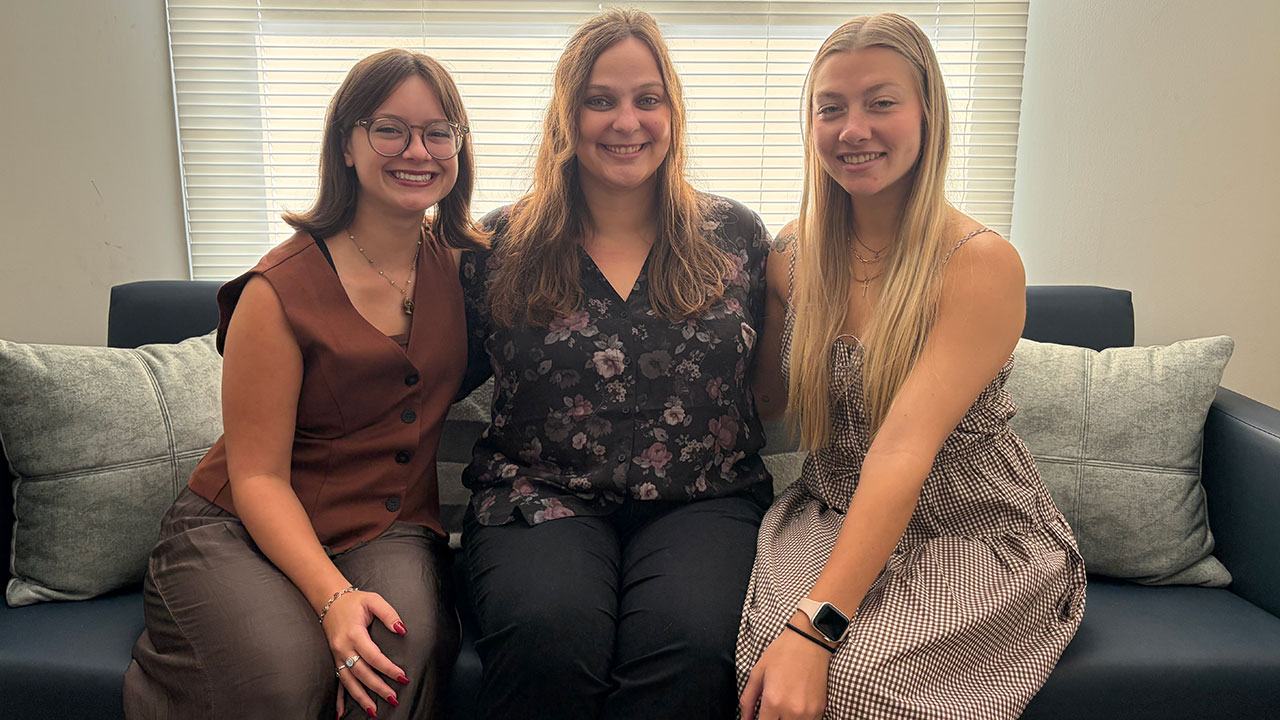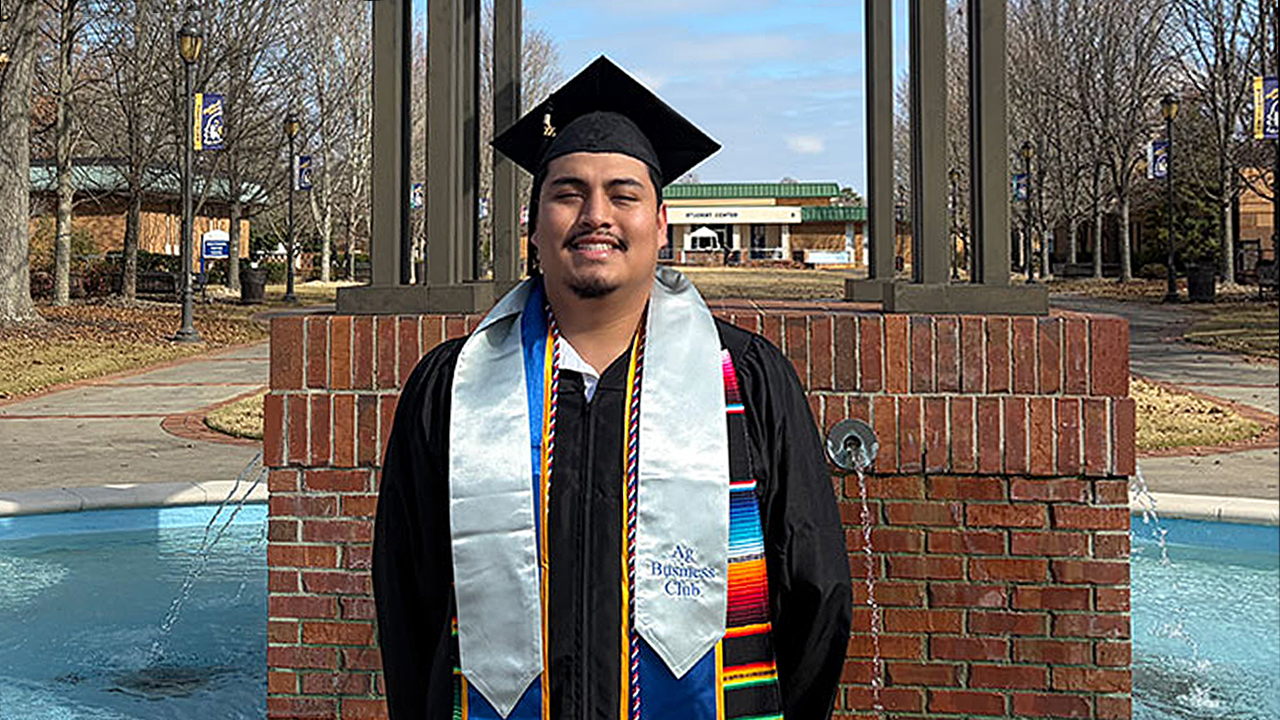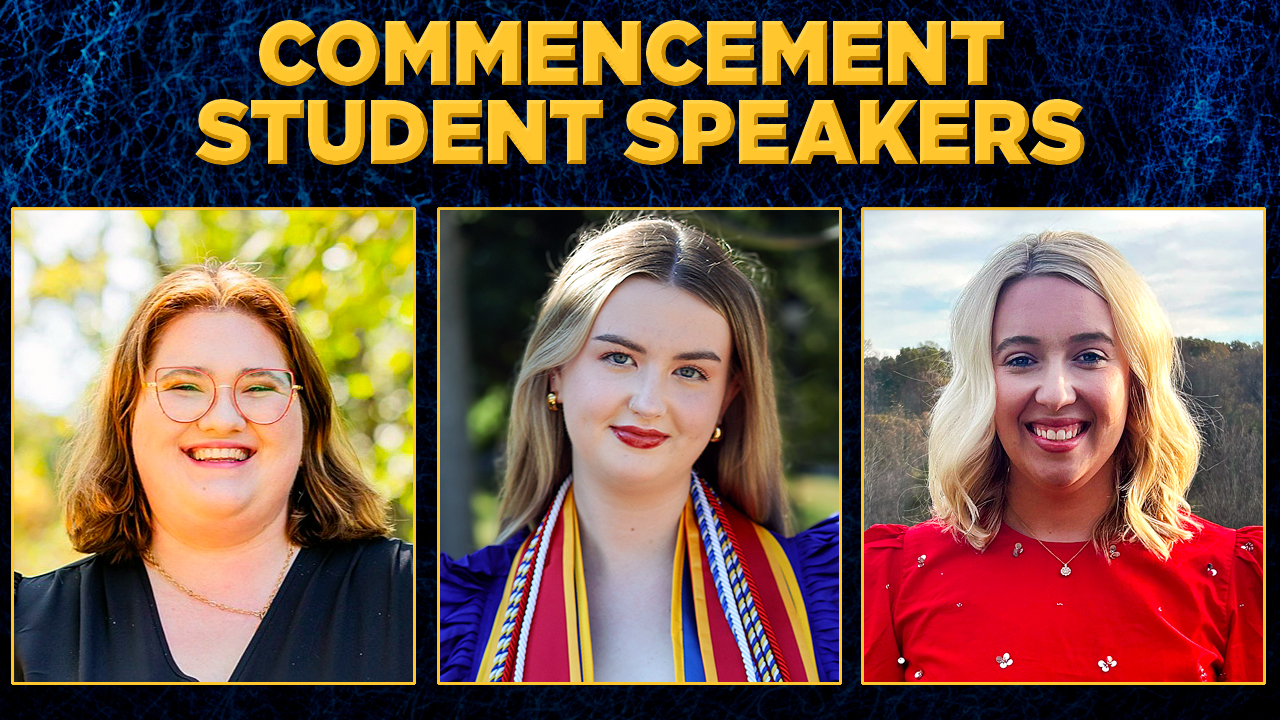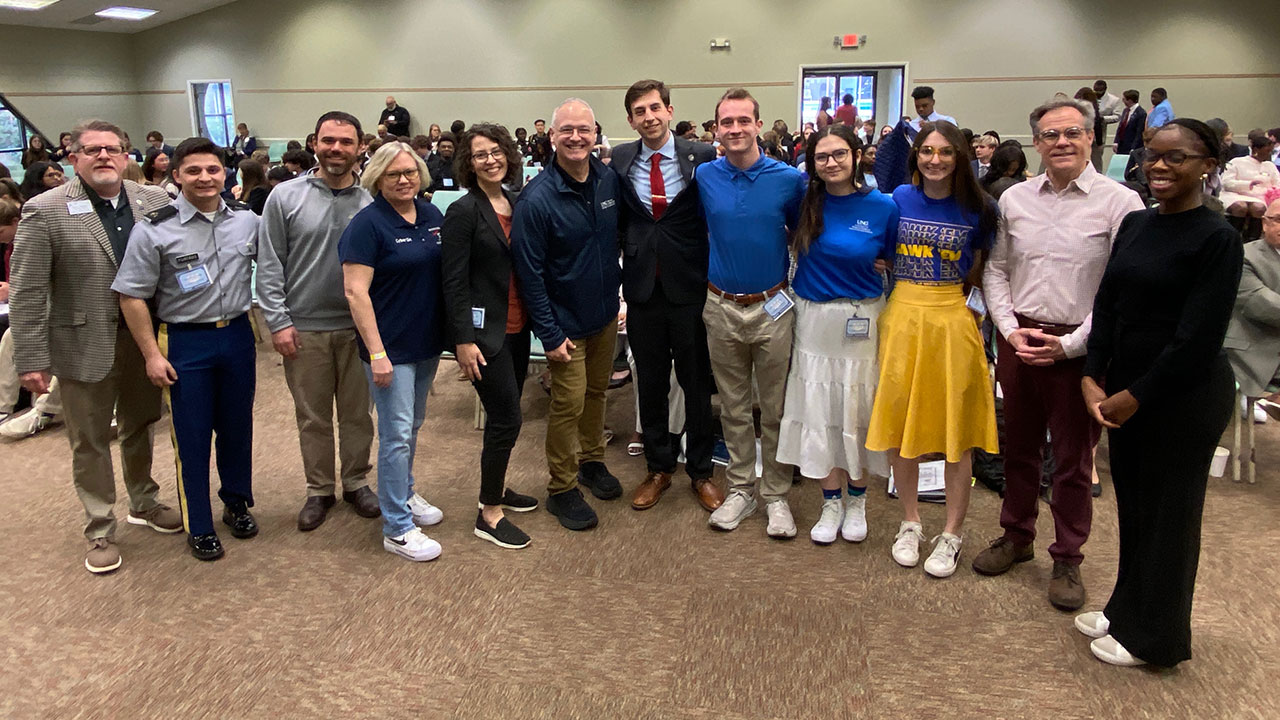GIS Day shines light on field

Students pursuing degrees in environmental spatial analysis will host Geographic Information Systems (GIS) Day on Nov. 15 to help other students, faculty, staff, and community members learn more about their field of study. The event runs from 1-5 p.m. in the Arts and Technology building at UNG's Gainesville Campus, and students, faculty and staff from all campuses are invited.
A trio of guest speakers will discuss different aspects of GIS, and local businesses and nonprofits will be on hand to talk with students about job and internship opportunities.
Students can also take part in a map-making competition that will be judged that day, plus Kahoot trivia contests. Students and faculty in the Lewis F. Rogers Institute for Environmental and Spatial Analysis (IESA) will also show off some of the innovative technologies they use, such as drones and other remote sensing equipment.
Speakers for the day include:
- National Park Service physical scientist and remote sensing specialist Stephen Cooper, 2:25 p.m., room 2001.
- Bob O'Brien, climate data specialist and Northeast Georgia chapter leader of Citizens' Climate Lobby, 3:20 p.m., room 2001.
- IESA alumnus Clarence Jackson, '23, Hall County GIS technician, 3:45 p.m., room 2001.
In addition to showing others why they are passionate about GIS, IESA students will aim to help those in other disciplines see how GIS can benefit them.
"GIS is not just something for one subject. If you like the environment, you can do it. If you want to work for an oil tycoon, you can do it," Madison Rollins, a senior from Pensacola, Florida, and president of the GIS Club, said. "If you're in the Biology Department, you can do it. We have such a variety in our major."
Jackson, who earned a degree in environmental spatial analysis in May, is excited to be back on campus and share how he is already using his skills in the workforce. His work includes digitizing maps with property lines to determine tax parcels for Hall County.
"It's a good way for other students to see this path they're on has options and career possibilities," Jackson said. "Having experience with multiple software platforms, like they do at UNG, can help students land a job."
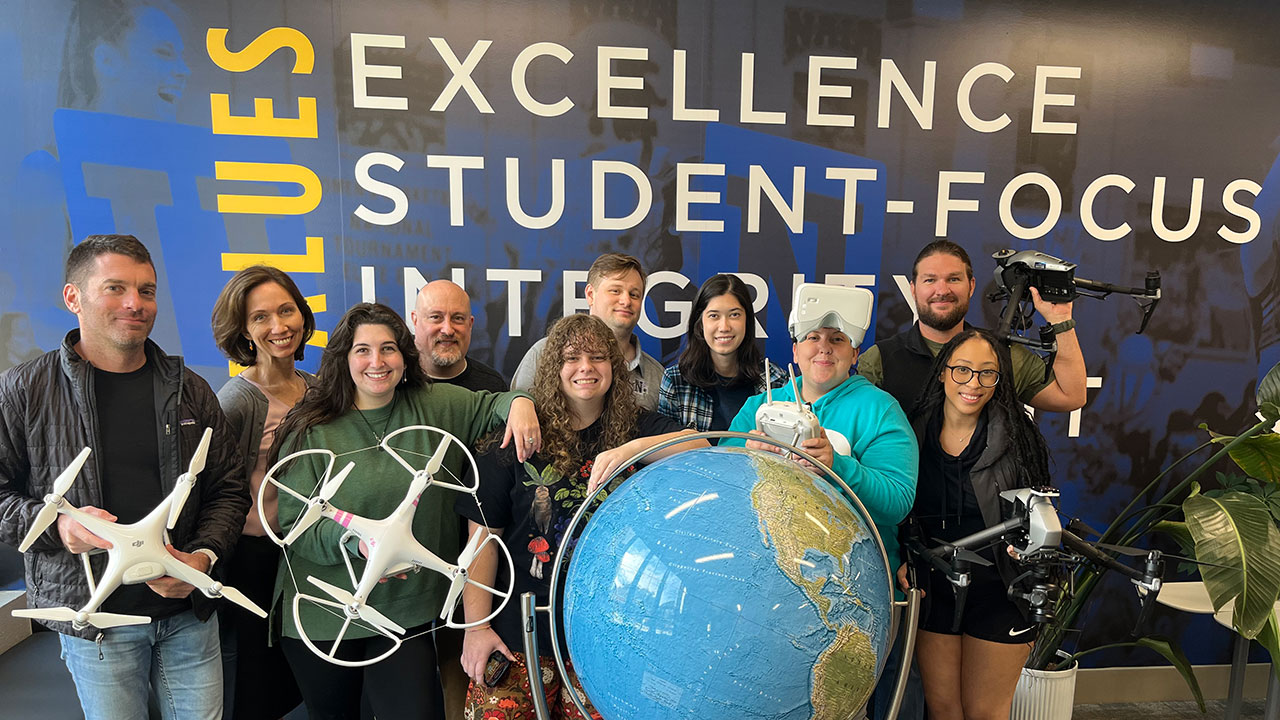
Rollins said many students pursuing environmental spatial analysis degrees started at UNG in other subjects before transitioning to IESA. Alec Reeb, a junior from Decatur, Georgia, noted that students don't have to change their major to gain GIS acumen, though. UNG offers a GIS certificate, as well as a variety of other certificates in environmental spatial analysis fields.
"It's a skill that's very niche and needed in pretty much every sector of the economy," Reeb said.
Dr. Amber Ignatius, associate professor of geography and geospatial sciences, serves as the faculty advisor for the GIS Club.
"The best thing about GIS Day is it's student-led. It's all about what they want to make it," Ignatius said. "They get to show off their work and bring in presenters they want to hear from."

